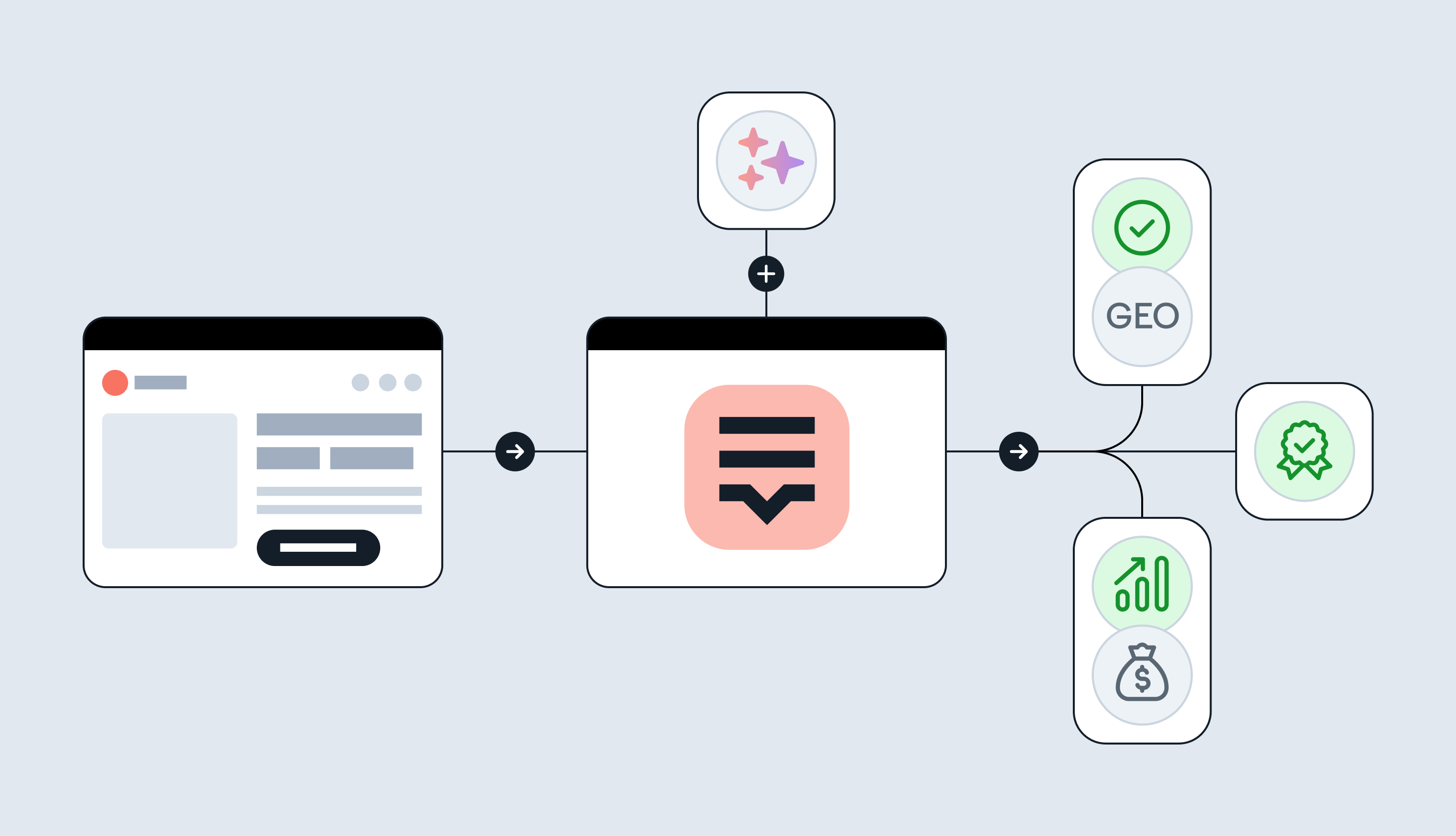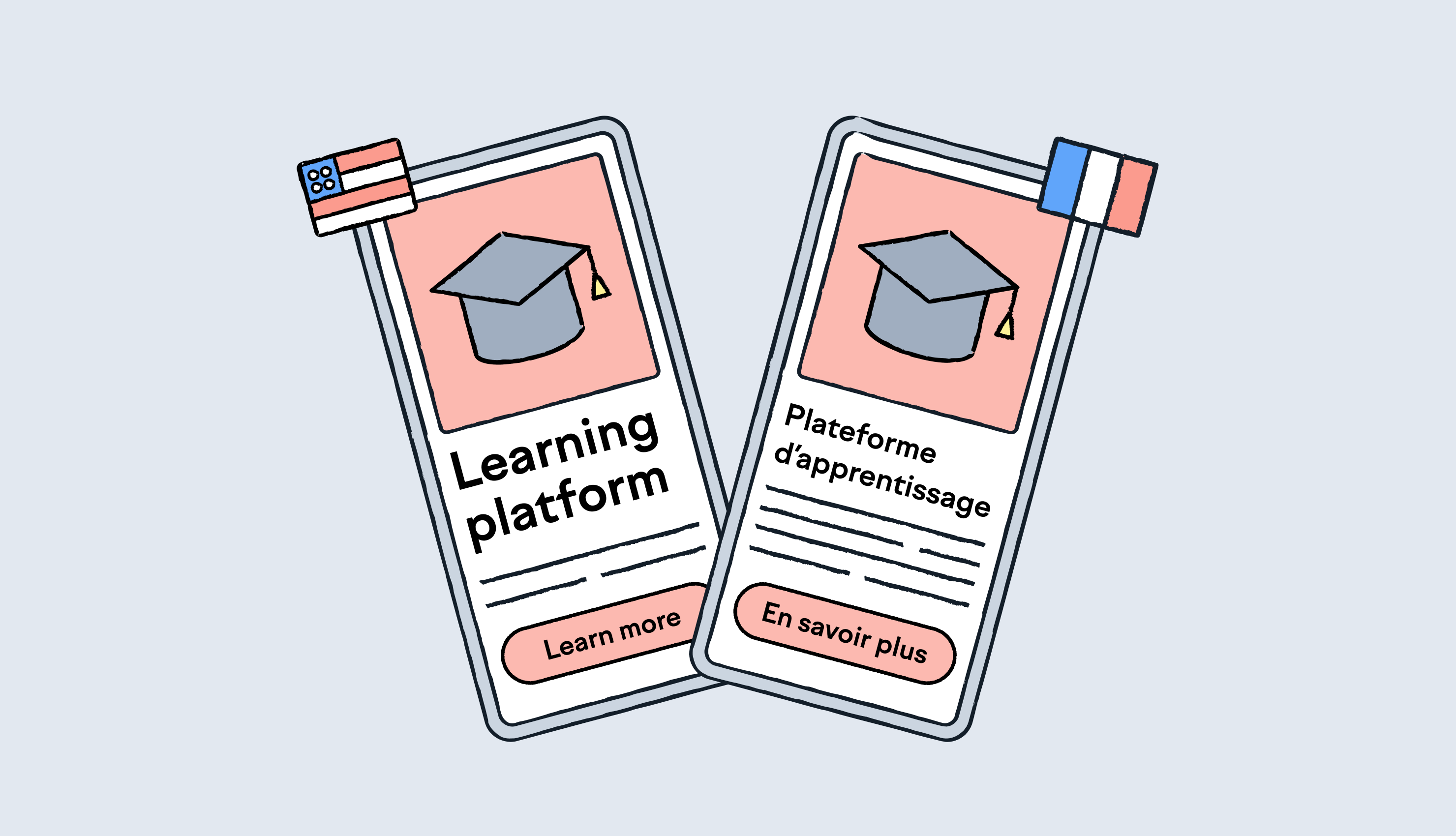Evolution of trust: Taking Lokalise security to the next level
In our previous post regarding Lokalise’s security journey, we discussed the importance of trust as the cornerstone of the relationship between a SaaS provider and its customers. We established that certifications are essentially the "driver's license" that prove we know how to operate and secure our system. Since then, we have continued to treat security not just as a compliance checklist, but as a core component of our company DNA, so we are happy to confirm that Lokalise remains full
Updated on December 16, 2025·Alexandra Zaharia Localization for GEO/AEO: The step-by-step guide to winning AI Overviews internationally
SEO is not dead, but traditional SEO is. While traditional SEO meant (gulp, already talking in past tense) ranking in the top 10 blue links and competing for the number one spot on the SERP, the new rules of search mean optimizing for Generative Search (GEO), also known as AI engine optimization (AEO). Users are no longer looking to click. Th
Updated on December 12, 2025·Victor Tejeda Stolen Evenings: The True Cost of Business Demands on Our Families
At Lokalise, we wanted to explore a question that resonates with nearly every modern professional: How much personal time are we sacrificing because of inefficient workflows? We also wondered how much people could get back by using AI-powered tools at work. To find out, we surveyed 1,001 full-time employees working in highly technical roles across the U.S. and Europe. From developers and data scientists to product managers and designers, respondents shared candid insights about their wo
Updated on November 26, 2025·Brittany Wolfe Best fintech translation tools for secure and compliant localization
When you localize banking products, relying on “good enough” fintech translation services isn’t safe.The most secure option is a dedicated translation management system (TMS) suitable for fintech, like Lokalise. Your tool of choice needs to promise ISO 27001-grade security, granular access controls, reliable APIs, and strict glossary enforcement so every disclosure, rate, and fee description stays consistent and audit-ready. In this guide, you’ll find the best financial transl
November 23, 2025·Mia Comic Positioning localization as a core driver of global revenue
Localization is a revenue driver, not a cost of doing business globally. Our Localization Revenue Report proves it. Two out of three companies attribute 26–50% of their revenue growth to localization. Another 11% say it drives more than half their growth. Do the math: a $100 million company sees $26–50 million in growth tied directly to localization.<
Updated on November 13, 2025·Shreelekha Singh How to deliver global digital experiences while keeping costs in check
Global expansion brings massive opportunity and equally massive complexity. Content piles up across teams. Translation costs climb. Delivery slows. It’s no wonder that many localization programs stall before they scale. But some companies are doing it differently. They're building smarter systems upfront, using automation and AI where it matters, and focusing their efforts on what actually moves the needle.
November 6, 2025·Mia Comic Why agile localization is the cure for localization tech debt
Most teams think of technical debt as messy code. But one of the fastest-growing sources of debt has nothing to do with code. It’s about localization. Every sprint, developers are pulled into work they shouldn’t be doing. Chasing down strings, fixing broken file formats, or waiting on content approvals. Hours vanish, releases slip, and frustration grows. Instead of building features, developers become bottlenecks. And when that cycle repeats, it hurts velocity, drives burnout, and
Updated on October 23, 2025·Mia Comic E-learning translation 101: How to build content that travels well
Translating your e-learning content is never a straight and easy path. You have to rethink the entire learning experience to make it feel natural and seamless in a different language. That means every element, from text and subtitles to graphics, voice-overs, and quizzes, has to line up perfectly. The problem? Most teams treat translation as a last step. When you roll out your e-learning resources, you realize that the subtitles don’t match the narration, gr
Updated on October 15, 2025·Shreelekha Singh 








